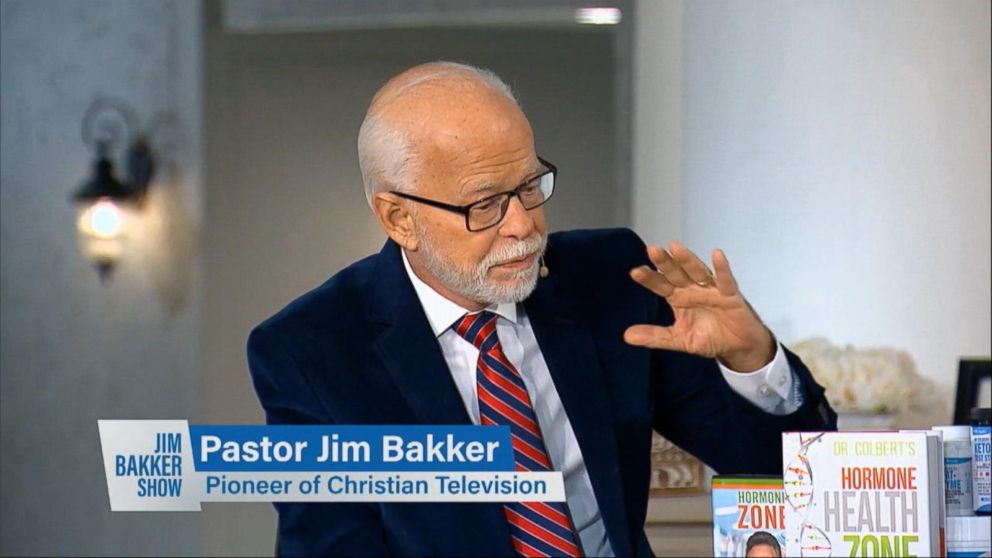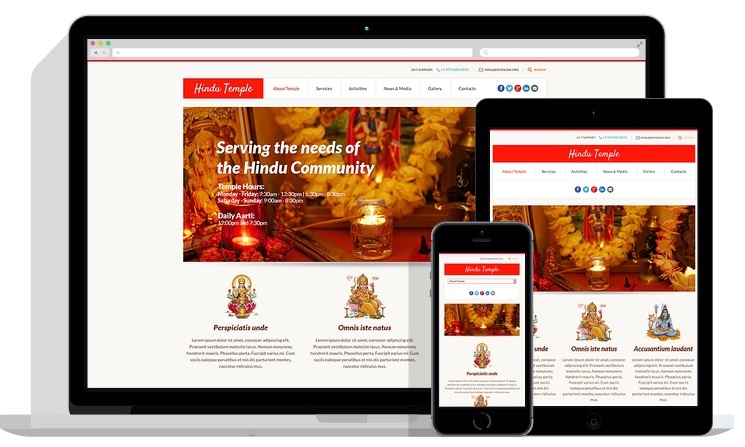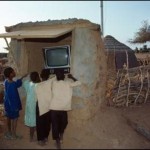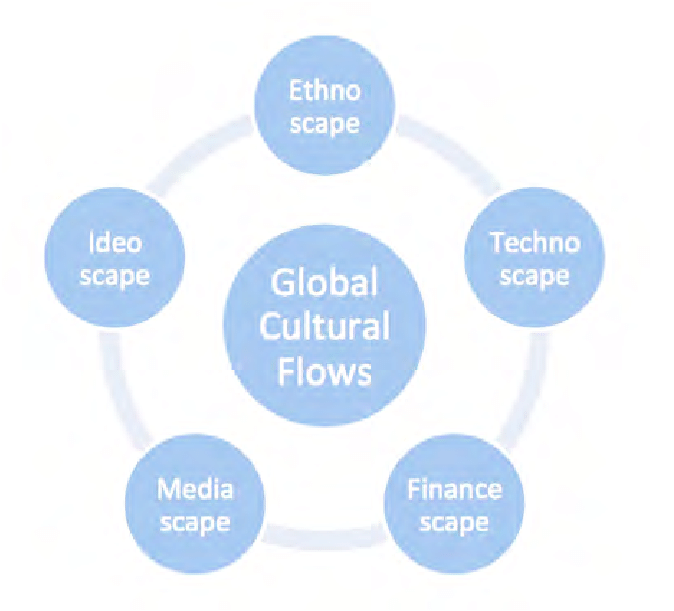The global dominance of a few religions has transformed the religious landscape for peoples and cultures throughout the world. The processes of religious globalization and its effects are a key part of understanding world religions today. This makes it necessary to develop a modest understanding of the basic concepts and history related to the globalization and diaspora processes that have shaped and continue to shape the spread and influence of five world religions today. This lesson will introduce a few key concepts in globalization and diaspora studies and their applicability in the study of world religions.
Lesson Objectives:
- define globalization and diaspora
- recognize the how globalization and diaspora processes have shaped and continue to shape world religions today
- situate contemporary religious phenomena within its specific social and historical context
Globalization
While scholars and academics have yet to agree on a precise definition for the term globalization, most agree that the term refers to ever-increasing contact between people throughout the world which has resulted in rapid social, cultural, ideological, economic and biological exchanges between groups and individuals across the globe. It is the result of ancient and modern globalization processes, such as time-space compression and the flow of ‘scapes,’ that have helped catapult Judaism, Christianity, Islam, Hinduism and Buddhism into worldwide religious phenomena.
Time-Space Compression
The spread of rapid world-wide exchanges between groups and individuals have been made possible by what David Harvey refers to as time-space compression. In his book, The Condition of Post-Modernity (1995), Harvey explains that time-space compression is the result of advances in communication and transportation technologies that accelerate the rate of exchange between people across increasingly vast distances. What this means is that through technology, the amount of time it takes for people to interact across the same distance is decreased, or compressed. For example, it took several months to exchange a message or send money across the African continent by caravan for many centuries. Advances in railroad technology and the combustible engine during the 18th century reduced, or compressed, the time to exchange across the same distance to a few weeks. Air travel technology in the mid 20th century shortened that exchange to a less than a day. Today, internet technology enables trans-continental exchanges to occur in a split second. Faster exchange times leads to a greater amount of worldwide interconnectedness, and that leads to a more rapid spread of cultural, social, economic, biological and religious changes.
Interaction & Exchange
Although globalization is oftentimes characterized as a 21st century phenomenon, many scholars argue that globalization began when early humans initiated the first migration out of Africa more than 50,000 years ago. As people began to colonize different environments throughout the world, they developed new adaptive cultural forms which they shared with neighbors, who shared with their neighbors, and so on. In his book, Europe and the People without History (1995), Eric Wolf shows how technologies and ideas were shared through the early trade routes that connected civilizations and cultures long before the ascent of European empires came to dominate the world system. As people moved and interacted along trading routes connecting Africa, Europe, Asia and the Americas, they not only carried and exchanged goods and services, they also engaged in social, cultural, ideological and biological exchanges.


The expansion of human networks throughout history and across geography also led to the expansion, growth and diversification of major world religions. The video below animates the global expansion of five world religions made possible by time-space compression and expanding systems of global empires.
In order to understand contemporary religious phenomena, it is important to investigate the historical recipe that set the foundation for circumstances today. Since globalization processes have played a significant role in the worldwide spread, influence and diversification of world religions today, an investigation into each world religion in this course will begin with a brief survey of significant historical events that helped shape and fuel the worldwide spread of each world religion through exchanges between groups and individuals as well as human migration, or diaspora.
Diaspora
Diaspora refers to the disbursement of a large human population that originated in one geographic location and have spread into multiple locations throughout the globe. Scholars have identified different types and conditions for diasporas that include forced diasporas (such as the mass enslavement of African people who were involuntarily taken to the Americas or Jewish refugees fleeing German extermination), voluntary diasporas (such as the mass migrations of workers from Asia or Italy seeking labor opportunities in the United States during the turn of the century), to imperial diasporas (such as European or Islamic armies entering into Africa to acquire territories and resources.) Regardless of the circumstances of diaspora, as humans spread in large numbers they bring new ideas and practices, including religion, into new territories. In many cases, the ideas and practices carried by people arriving in a new place merge with the ideas and practices of the people already occupy in the area, and this can contribute to the development of new syncretic ideas and practices. Religious syncretism refers to the blending of beliefs and practices from two or more religions which can create an entureely new religious community. Today, many universities include scholars that specialize in diasporic studies because understanding historical diasporas can lead to a better understanding of the worldwide spread and diversification of culture, including religion, today.
The Network Society
In the modern era, however, people no longer need to travel vast distances to engage in worldwide exchanges. Contemporary digital technologies have revolutionized worldwide social relations in a way that has led to the creation of a global village. In his three-part work, The Rise of the Network Society (2005), Manuel Castells outlines how key social structures and institutions in the 21st century, including religion, are becoming organized around electronically processed information networks such as internet, satellite, and cellular communication. These networks have substantially modified, and even undermined, existing geographic networks for production, power, culture, and religion. Digital networks have touched virtually every aspect of social relations, as even people living in the most remote and rural areas of the world are likely linked into the network via satellite television and internet communications. This recent advance in technology has transformed contemporary religion as television and the internet begin to replace physical structures of religious worship and practice such as mosques, churches, temples, and synagogues.





Globalization & Power
Globalization made possible through time-space compression does not happen through even and equal interactions between groups and individuals. Globalization is embedded in systems of power in global and local social systems that include inequalities in arenas such as rural versus urban areas, local and global politics, the distribution of wealth, and differences in racial, ethnic, religious or national affiliations. In addition, a country’s political and economic conditions can affect citizens’ access to technology. Because of this, globalization happens unevenly and uneven globalization can lead to social fracturing and conflict by fueling divisions between groups and people.
New research is showing how uneven globalization is actually contributing to the proliferation of difference among people living in the same community, even within the same household. In their article, Foreign Wars and Domestic Prejudice (2012), for example, Huesmann et al. interviewed 89 Jewish and 180 Arab American high school students about their exposure to violent scenes of the Israeli‐Palestinian conflict broadcast by news media outlets. They found that media depictions was a key factor each group’s negative stereotypes about the other. In his book, Memories of Absence, Aomar Boum, describes how Jews and Muslims lived peacefully together in Morocco from ancient times to the mass migration of Moroccan Jews to Israel between 1950 to 1980. Today however, there is increasingly anti-Semitic beliefs in younger Moroccans, whose only exposure to Jews has been through international media.
Disjuncture & Difference
In his article, ‘Disjuncture and Difference’, Arjun Appadurai characterizes globalization as a system of articulations, or interactions, between global flows and local circumstances. He categorizes the global flows into different ‘-scapes’:
- technoscapes (technology): script, telephone, television, internet, etc.
- finanscapes (wealth): money, trade routes, banking, stock market, etc.
- ethnoscapes (culture & religion): ways of living, concepts, rituals, etc.
- mediascapes (media): murals, scriptures, newspapers, tv shows, websites, etc.
- ideascapes (ideology): philosophy, world view, politics, information, etc.
These scapes are intertwined and interrelated, and they each flow across global networks in distinct and uneven ways. As the global flows come into contact with local circumstances, they articulate, or merge, to generate new forms. The Nation of Islam, an Islamic and black nationalist movement founded in Detroit, Michigan by Wallace D. Fard Muhammad in 1930, is an example. While members of the Nation of Islam study the Quran, worship Allah as God, and accept Muhammad as a prophet, the religion also includes notions of Black Nationalism as a means of empowering the African American population in the US. The global flow of Islam merged, or articulated, with the experiences of racism and oppression in the United States to stimulate the formation of a new and unique Islamic movement.
Since local circumstances vary widely throughout the world, each articulation between a global flow and local circumstance contributes to a more heterogeneous, or diverse, religious landscape. This makes is very important to avoid making generalizations about religious communities as homogeneous or monolithic, and to address the vast diversity that exists between groups and individuals within a religion.
Understanding World Religions in a Social and Historical Context
This lesson touches on a few basic and introductory terms and concepts related to globalization and diaspora and it addressed a few ways in which these processes shaped and have shaped the global religious landscape today. It is necessary to apply the terms and concepts introduced in this lesson in order to develop a better understanding of the complex history that has led to the expansion and consequent diversification of and diverse g believers within the religion groups and individual believers in world religions today.
Readings (select one):
- Mediascapes: ‘Globalization’s Challenge to Islam‘
- Financescapes: ‘The Philosophy of Colonialism: Colonialism, Christianity, and Commerce‘
- Ethnoscape: ‘Fear of Yoga‘
- Ideascape: ‘For Israelis, Zionism is Patriotism. For Diaspora Jews its White Privilege‘
- Technoscapes: ‘To come to a correct understanding of Buddhism..’
Your Score:
Your Ranking:
For discussion: Read one of the above articles/essays and provide a brief synopsis of the social and historical processes that shaped or are shaping contemporary religious practice within that religion today. Use terms and concepts from this lesson to analyze the relationship between global flows (scapes) and local experiences and/or systems of power and inequality to address diversification within the global religion. Respond to at least two student posts (related to the same article or a different article) to compare similarities and differences in your findings. Be prepared to discuss in class. (approx 750 words).
When you complete the discussion, move on to the Theoretical Frameworks lesson.


